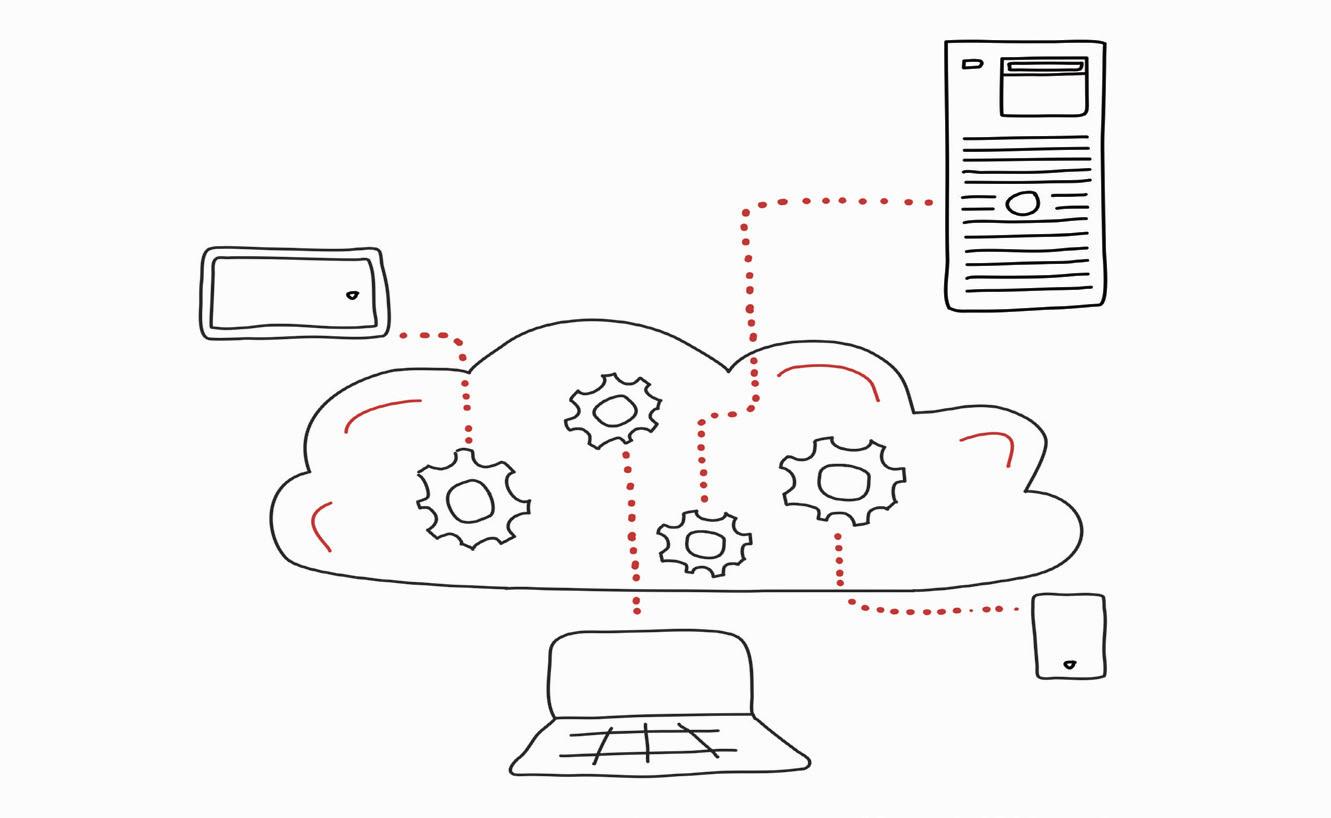25
Conclusions Overall, the sector has demonstrated a remarkable ability to adapt to new and changing circumstances. Challenges have been met with enthusiasm to find solutions, even where those solutions may not yet have been found. People have been prioritising wellbeing, actively checking how their staff are coping and trying to be supportive. The sense of ‘all being in this together’ has been evident throughout the research culminating in this report, as people have generously given their honesty and time to provide an insight into their company and working lives during the pandemic, all with the aim of sharing information that might also help others in the sector. This period has not been without its challenges as companies have had to adapt at pace without opportunities to trial new technology and find new ways of working. However, this has also helped accelerate change in positive ways. Many companies had plans to move to more cloud-based platforms, for example, but the pandemic meant this progressed rapidly. It is widely agreed that the ‘office of the future’ may look and feel quite different and that there will be a shift in how office buildings are used and more flexible working. The importance of human interaction and social elements of the workplace was documented in this study. Social interactions are important to wellbeing and mental health, as well as training, building relationships in the workplace and in recruiting and inducting new staff. It is a change that we continue to adapt to as we try to replicate face to face interactions and develop a new etiquette for communicating virtually. This research has also highlighted several potential solutions to challenges that can be adapted to the requirements of many contexts. It has also demonstrated how the construction design sector can learn from other industries and sectors to further improve productivity and processes, for example through configuration management, implementing a systems engineering approach to design, using QFD and removing barriers to innovations that could improve productivity. We hope that sharing the information gathered will be useful to those involved in construction design management as we continue to reflect on how we do things and how we might improve productivity in the future. The offsite sector clearly has a range of advantages to offer with respect to creating safe working environments, reliable, predictable delivery in adverse circumstances and opportunities for systematically reducing costs and improving quality through continuous improvement. For the wider construction sector to benefit from this, offsite suppliers need to ensure that designers are well informed and have easy access to appropriate BIM information. The role of the ‘integrator’ is likely to develop and emerge as a key change agent in the development of the construction sector. There is a wealth of academic work to help guide us forwards. Let’s make complex projects routine, of great quality, cost effective and predictable.





